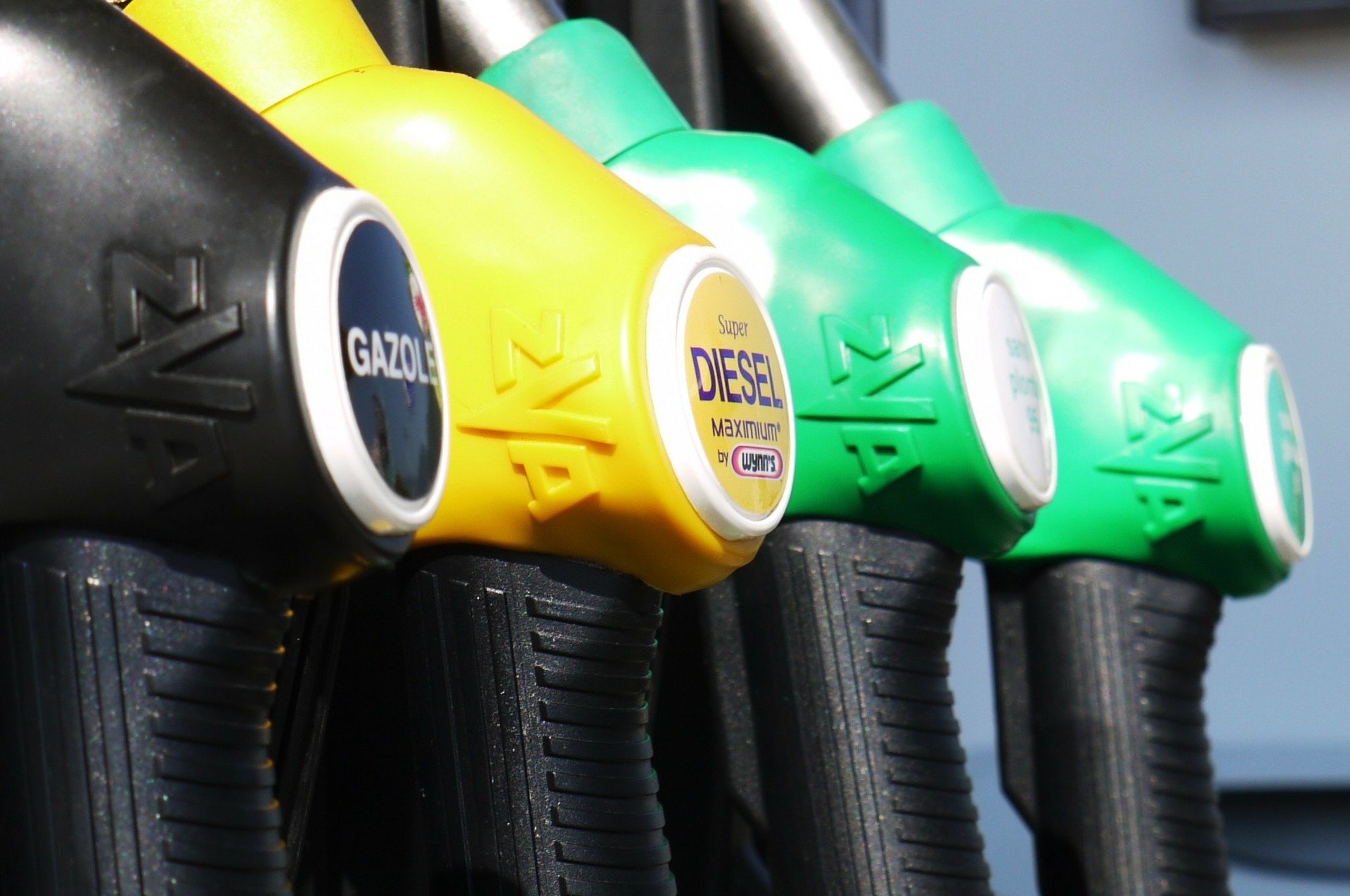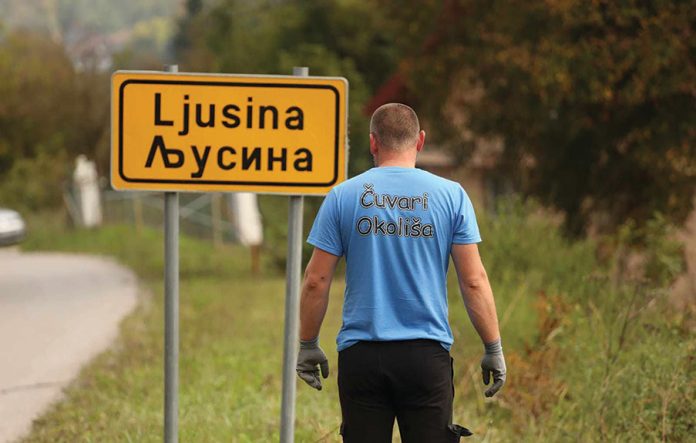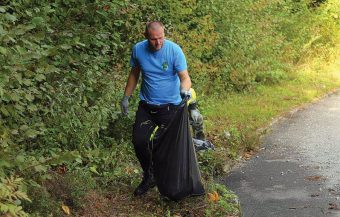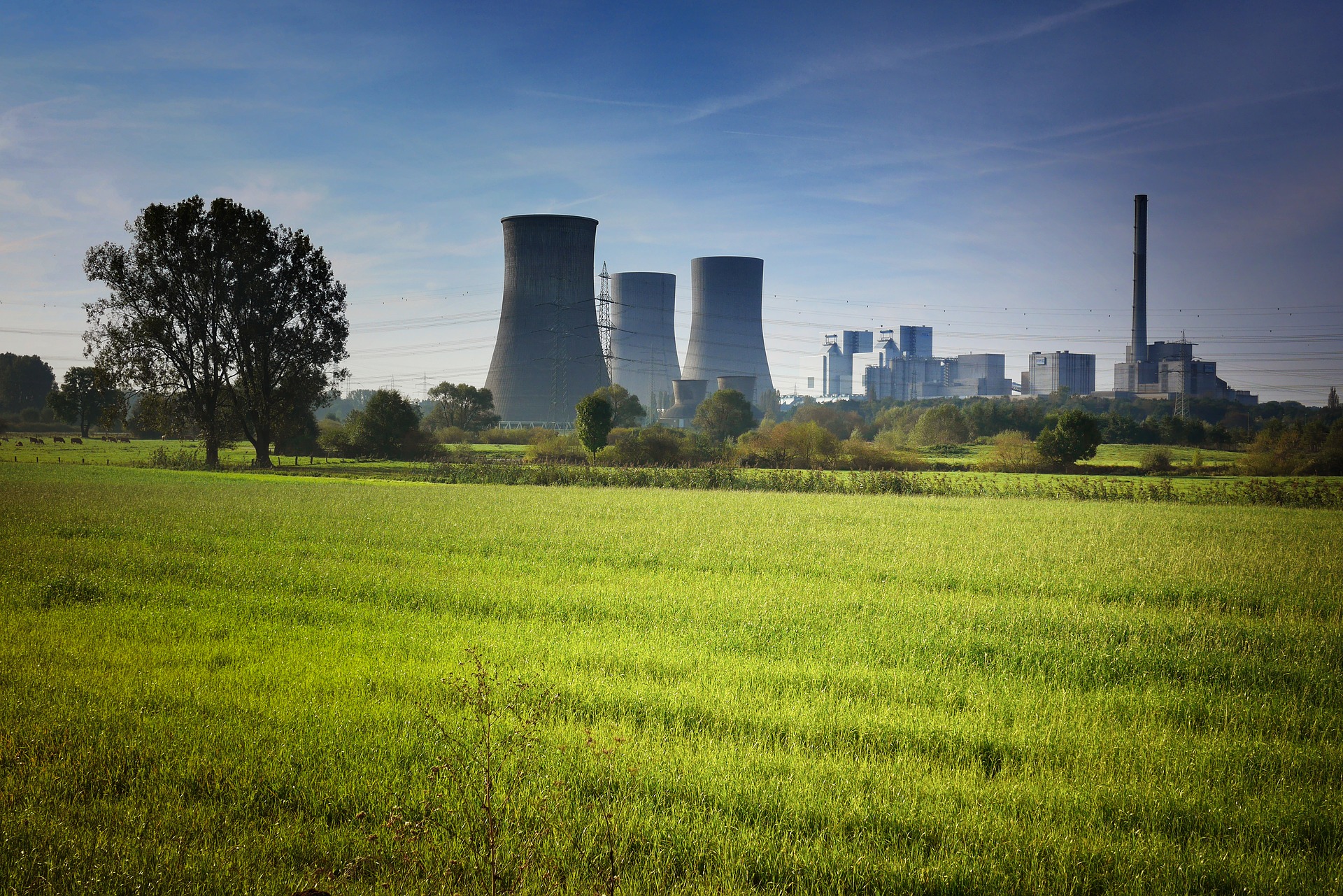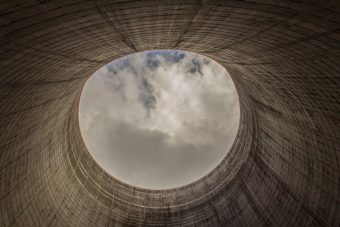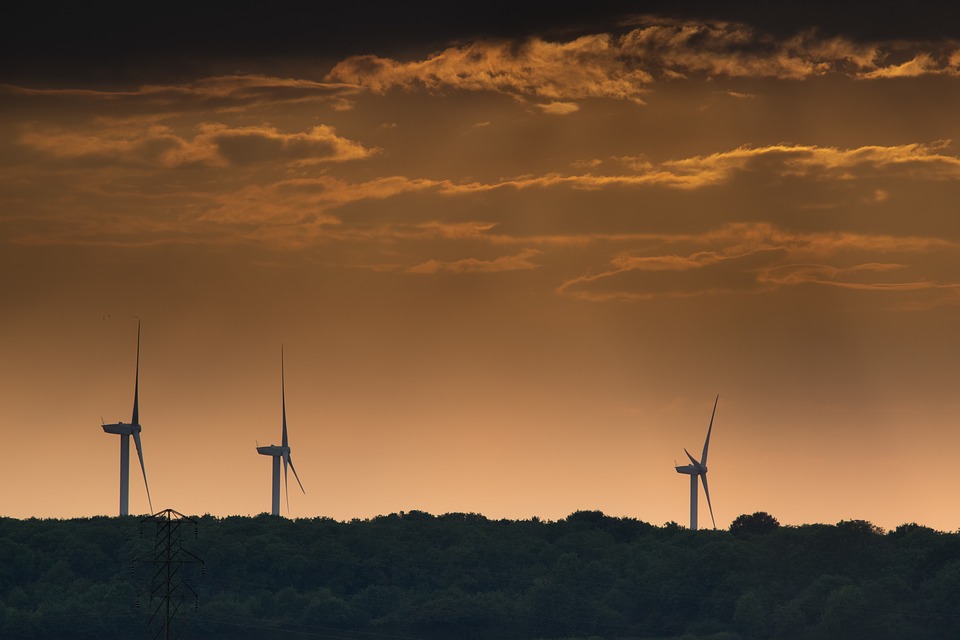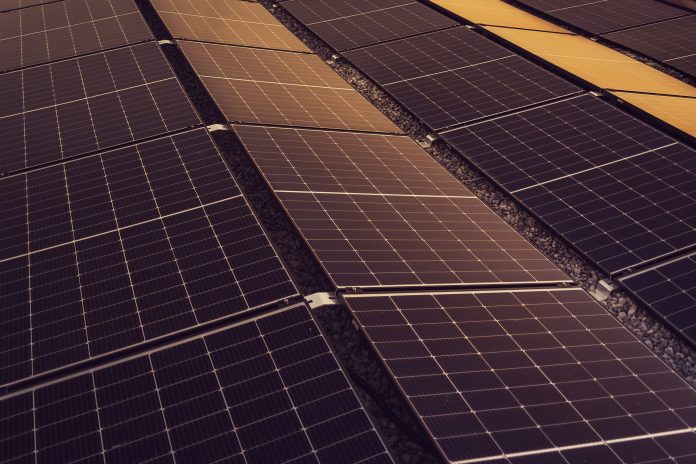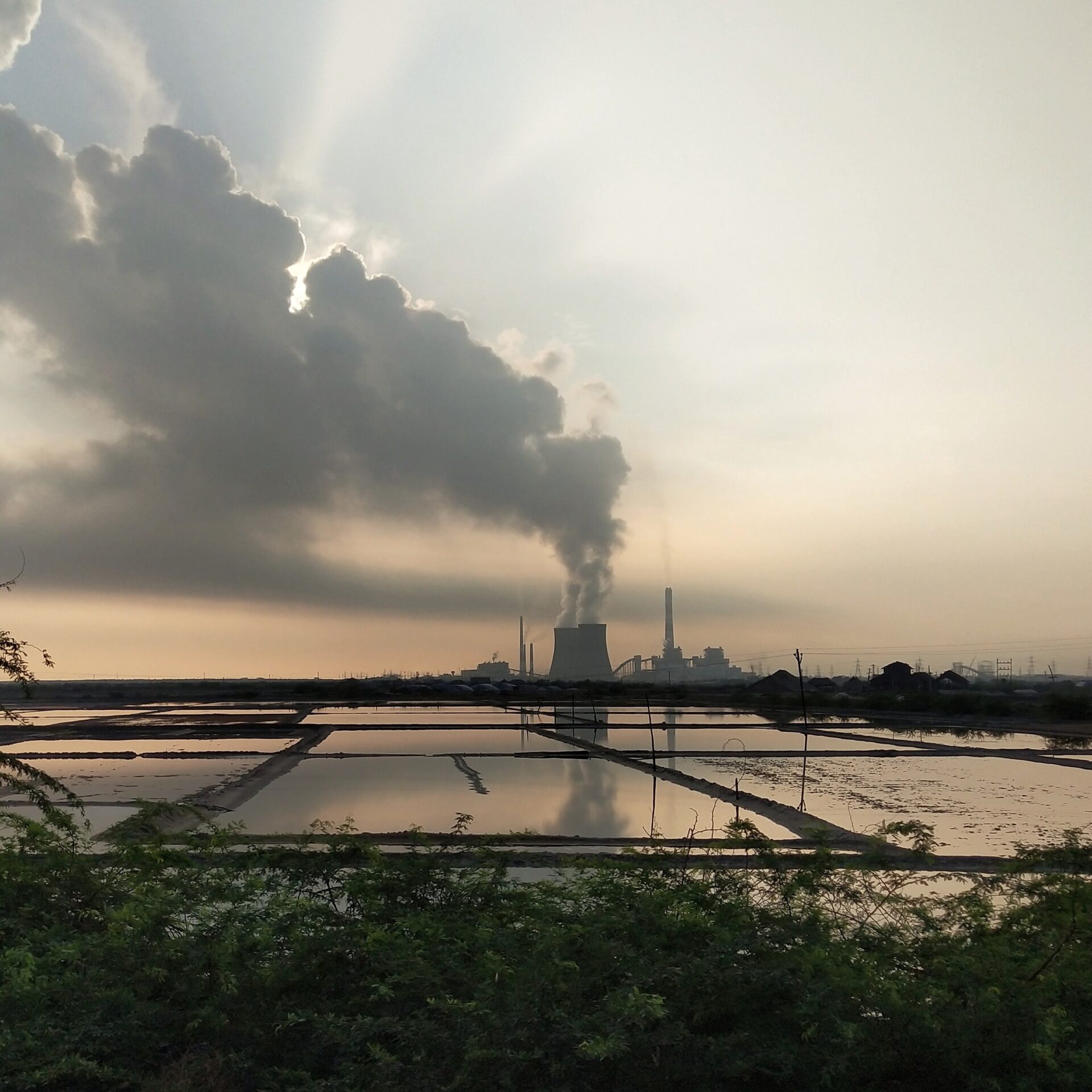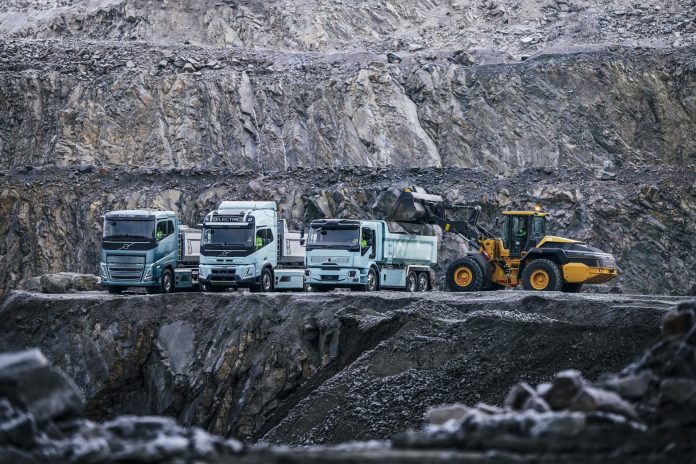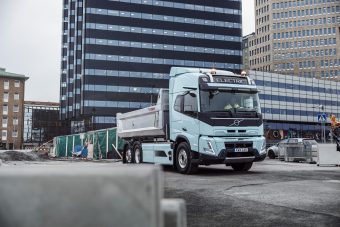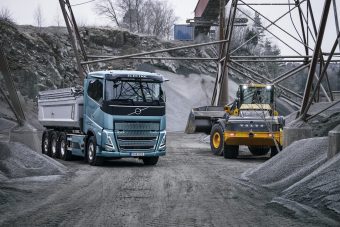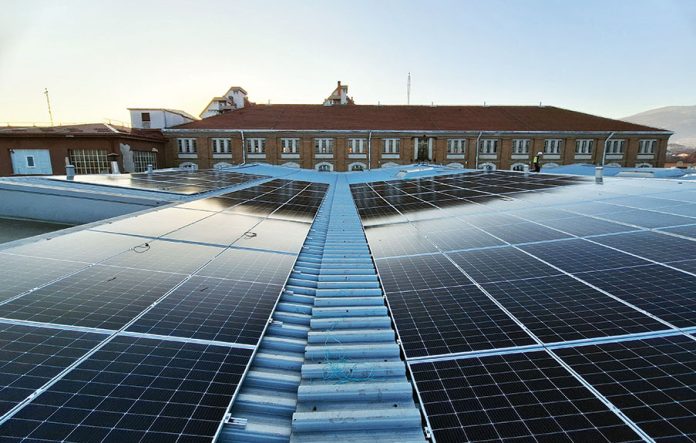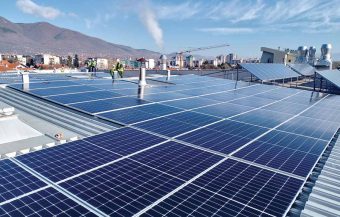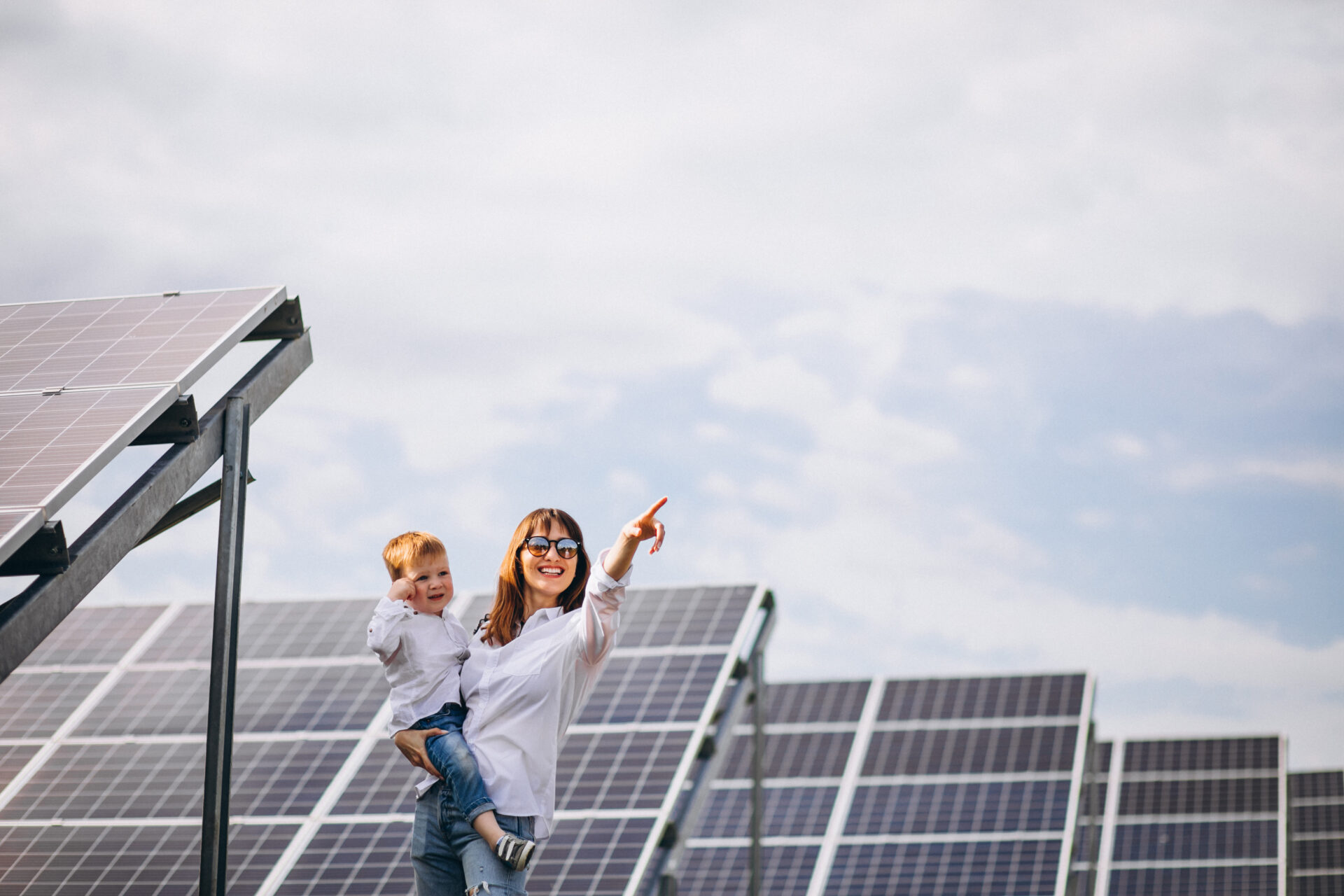Over the past year, Germany reaffirmed its leading position in Europe by installing more wind turbines than any other country on the continent. According to data from WindEurope, new onshore and offshore installations exceeded 4 GW, placing Germany ahead of the United Kingdom (around 1.9 GW), France (1.7 GW), and Finland (1.4 GW).
In 2024, a total of 13 GW of new wind energy capacity was installed in the European Union, which fell short of expectations. Experts from WindEurope attributed this decline to several challenges facing the industry, including grid congestion, complex permitting procedures, and unfavorable financial conditions.
More:
- Over 11 Billion Euros for Strengthening Europe’s Wind Energy Supply Chain
- India Sets Ambitious Goals: 500 GW of Clean Energy by 2030
- OECD Report Highlights Global Disparity in Wind Energy Support
The growth of offshore wind energy was further slowed by limited port capacities and a shortage of suitable vessels for transporting and installing turbines.
Despite these obstacles, the continent added a total of 16.4 GW of wind energy in 2024, bringing the total capacity to 285 GW.
However, as WindEurope emphasizes, to meet the EU’s climate goals by 2030, the annual wind power installation rate must reach 30 GW.
Energy portal






